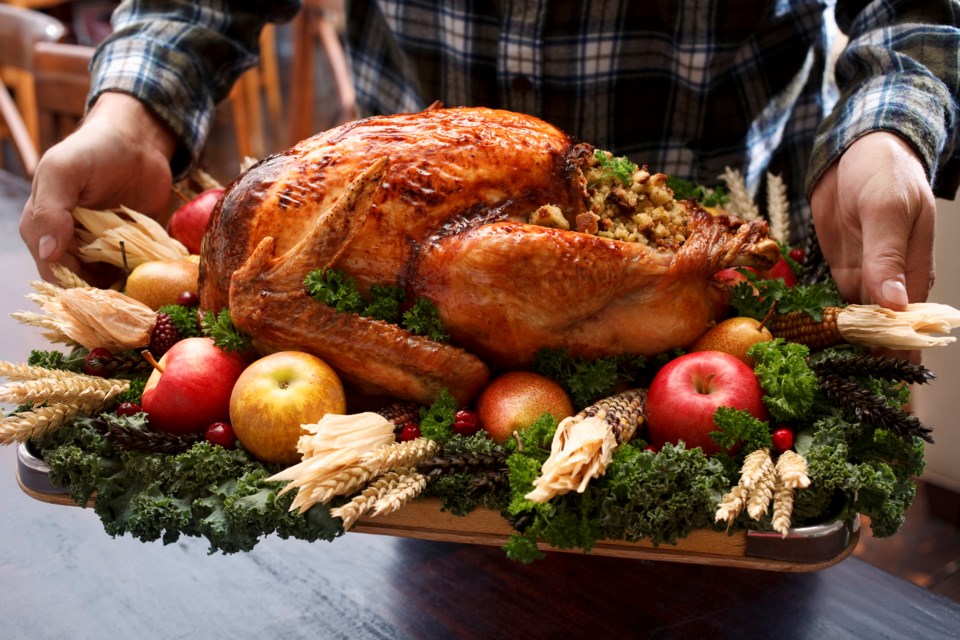Turkey and ham are tried-and-true staples for any holiday meal, but they often come with unwelcome amounts of calories, fat, and sodium, which can lead to high blood pressure and heart disease.
Nutrition may not be your primary concern when preparing a holiday meal. Still, with all the desserts and treats that often pop up this time of year, you might as well take advantage of all the ways to enjoy these favorite holiday meats without the guilt or regret the next day.
It just isn’t the holidays without some classic ham or turkey on the dinner table surrounded by family and friends. However, along with side dishes, drinks, and desserts, these two types of meat can easily add up to several day’s worth of fat and sodium—in just one meal.
Here are some tips on what to look for in a turkey or ham and healthier cooking method alternatives that will save you calories and taste great. Don’t worry: You’ll still be going back for seconds.
What to Look For In a Ham
To save on calories and avoid the post-meal bloat, look for lean ham and options low in sodium. Less sodium will increase the overall nutritional value of the food, too. Leftover lean ham will be great for post-holiday sandwiches or breakfast omelettes.
How to Choose a Turkey
Like hams, there are several options when making a turkey selection at the deli. Choosing fresh, frozen, various sizes, and even the gender of your bird can impact the taste and (relative) healthiness of the meat. “Natural” labels typically mean no artificial flavours, colourings, ingredients, chemical preservatives, or any other artificial or synthetic ingredients were used to process the turkey.
Choosing a natural turkey is an excellent idea for staying away from highly processed meat. Other options such as free-range, cage-free, and organic are good choices, depending on your preferences and standards. White meat is considerably healthier than dark meat because it has significantly less fat and fewer calories. However, dark meat has its benefits, too, including being an excellent source of vitamin B6 and iron. Choose both light and dark meat for their individual benefits and flavour.
Skip the Fryer
It probably won’t come as a surprise that frying (or worse, deep-frying) your turkey or ham will load on the calories, potentially leading to bloatedness and digestion issues. Fried turkey is often prepared in peanut oil, which is high in calories and saturated fat. Try baking or even air frying your meat for a taste that’s just as good without all the unneeded fat intake.
Photo: GMVozd via gettyimages.com
Opt for No Skin
On paper, it may seem that deciding to keep the skin on a turkey or not may not be a big deal. After all, a 75-gram portion of turkey breast with skin has approximately 122 calories and 3 grams of fat, while skipping the skin leaves you with 112 calories and 1.7 grams of fat. However, keep in mind that you’ll likely want to indulge in an extra serving or two, alongside all the other side dishes and desserts that are likely to make their way to the table. So, forgoing the skin might do you a favour.
Go Easy On the Sauces
No holiday dinner would be complete without sauces like gravy and cranberry sauce to compliment your turkey or ham. Most of the calories in cranberry sauce come from sugar, while gravy contains high amounts of fat. Watch your portions or skip the sauces altogether to avoid overeating.
Holiday meats don’t have to be total belly bombs, and consumers today have more options than ever—both at the deli and in the kitchen—to prepare a holiday meat that will delight your taste buds without expanding your waistline.




